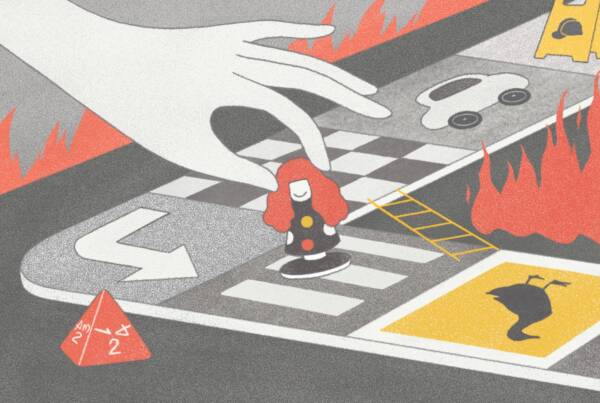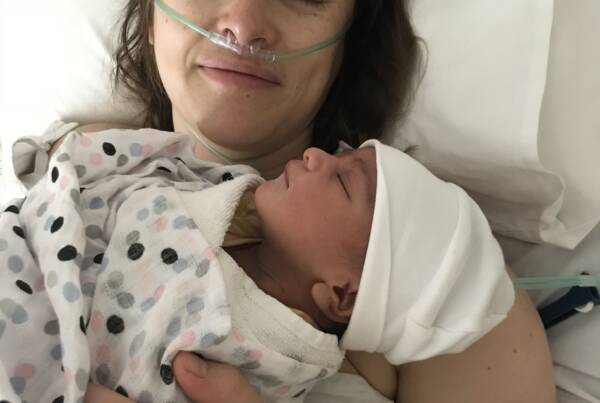Writing by Sophie Sliskovic // photo by Nahid Hatami
 Recently, I spoke up at my GP appointment to say that I needed extra support to keep me safe.
Recently, I spoke up at my GP appointment to say that I needed extra support to keep me safe.
For two years now, I have lived with the shame of a Borderline Personality Disorder diagnosis and struggled with the stigma that surrounds having this diagnosis. In the midst of my GP appointment as my doctor was writing a referral to a new psychiatrist, she updated my diagnosis of Borderline Personality Disorder to Complex Post Traumatic Stress Disorder.
My immediate response to this was further shame and embarrassment. I felt as if I hadn’t experienced anything bad enough to have this diagnosis and that my trauma wasn’t valid. I felt sick to my stomach and I only knew about people in the emergency services and military’s experience with this diagnosis.
Bessel Van De Kolk writes about the experience of trauma and provides both individuals struggling with mental illness and the medical community with a new approach to trauma.
After reading his book this year, this stood out to me:
Trauma victims cannot recover until they become familiar with and befriend the sensations in their bodies. Being frightened means that you live in a body that is always on guard. Angry people live in angry bodies. The bodies of child-abuse victims are tense and defensive until they find a way to relax and feel safe.
In order to change, people need to become aware of their sensations and the way that their bodies interact with the world around them. Physical self-awareness is the first step in releasing the tyranny of the past.
In my practice I begin the process by helping my patients to first notice and then describe the feelings in their bodies—not emotions such as anger or anxiety or fear but the physical sensations beneath the emotions: pressure, heat, muscular tension, tingling, caving in, feeling hollow, and so on. I also work on identifying the sensations associated with relaxation or pleasure. I help them become aware of their breath, their gestures and movements.
All too often, however, drugs such as Abilify, Zyprexa, and Seroquel, are prescribed instead of teaching people the skills to deal with such distressing physical reactions. Of course, medications only blunt sensations and do nothing to resolve them or transform them from toxic agents into allies. The mind needs to be reeducated to feel physical sensations, and the body needs to be helped to tolerate and enjoy the comforts of touch. Individuals who lack emotional awareness are able, with practice, to connect their physical sensations to psychological events. Then they can slowly reconnect with themselves.
Trauma is about the recognition of mind, body and soul.
Unpacking trauma or the experiences that could be described as trauma is an important step in learning to live with this diagnosis, to debunk myths about the illness and process the experiences.
I used to have the most amazing memory and be able to remember every single moment of my childhood but now I often feel too blurred or too disassociated to fully understand what I felt as a child.
An important step for me has been Eye Movement and Reprocessing Desensitisation Therapy which uses visual and audio to briefly enter the traumatic memory and sit in the discomfort.
I’m still learning about living with this diagnosis and dealing with the complexities of mental illness. I don’t know how I feel right now, but I know that I’m on a road to a brighter time.






